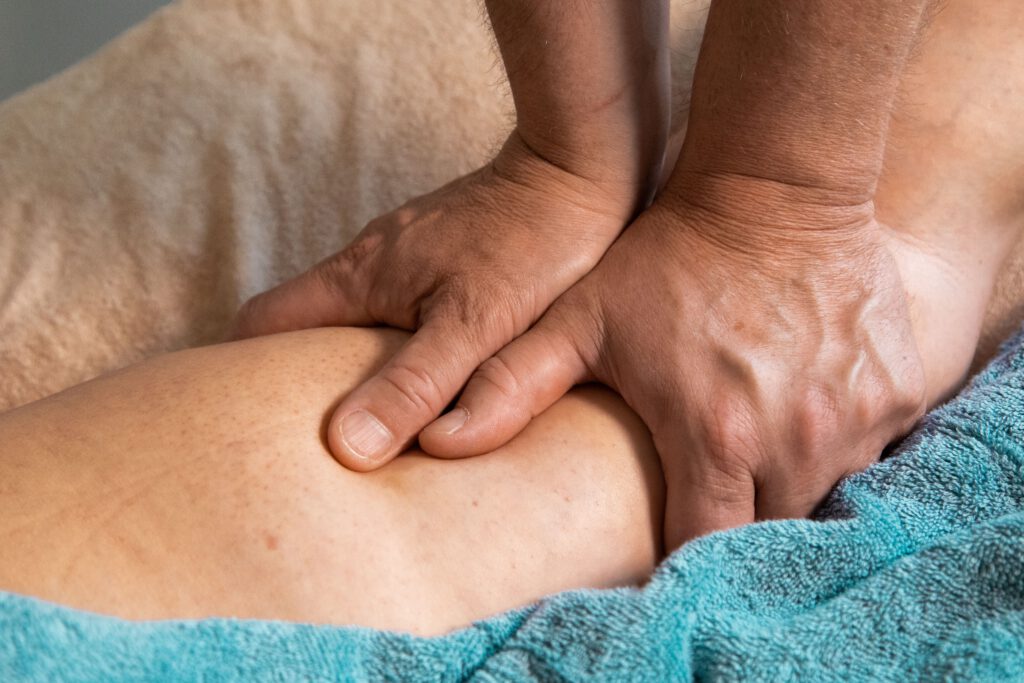The benefits of massage for seniors

As people age, their muscle mass gradually declines and their ligaments become less elastic. This is often demonstrated by altered walk and posture, as well as the development of a hunching and slouching habit.
Massage is one technique that could strengthen muscles and enhance health. It has potential to boost immunity, enhance blood flow, and relieve joint pain.
Indications for massage for seniors
The ageing process tends to become more intense from the age of 50. Bone and joint nutrition deteriorate, and skin regeneration slows down. In the presence of chronic illnesses, rheumatoid arthritis, and high blood pressure, people can often experience a steady loss of strength. A general strengthening massage is a pleasant and practical option.
Benefits of any type of massage
Benefits vary from person to person, but could include:
- reduced nervous tension and insomnia
- improved nutrition of joints and muscles
- normalised blood circulation and oxygen exchange
- fewer bedsores in sedentary patients
- improved gut health in cases of chronic constipation.
Massage might also help to restore the joint system. It’s been found that massage can reduce arthritis and arthritic swelling and activate the production of thick elastic fluid that covers the joints and prevents friction of joint surfaces and tired joints. It’s also said to create oxidative reactions, which delay tissue ageing.
Benefits of massage for heart and vascular diseases
The primary organ that pumps blood throughout the body loses muscle mass as people age. The heart starts to beat more quickly in an effort to make up for the shortage of oxygen. Arrhythmia, tachycardia, and heart failure may eventually set in.
There’s an argument that the heart’s blood flow can be facilitated by massage. This can result in more energy, and restored appetite and sleep.
General body massage may be able to:
- increase hemoglobin
- return blood flow to the limbs
- reduce cardiac edema.
Some doctors suggest massaging the cervical collar zone several times a year to prevent osteochondrosis and atherosclerosis. Massage may also deter dementia and the symptoms of Alzheimer’s and Parkinson’s disease, while also restoring blood flow to the brain and spinal cord.
Basic massage exercises
Intensive massage techniques shouldn’t be used on seniors. To avoid causing the senior’s health to worsen, the professional should first become familiar with the patient’s medical history.
During a massage, the professional is likely to use techniques such as:
- light stroking with a special cream
- rubbing muscles in inflamed areas with reduced tone
- kneading on areas such as the back and limbs
- gentle vibrations to lower or increase tone.
Proceed with caution
It’s important to leave the massage to a qualified professional. They will massage with extreme caution areas such as around the heart, the legs, and the collarbone when there are symptoms of thrombophlebitis and varicose veins.
There are situations where massage could be detrimental to an older person. For example, massage is contraindicated in diabetes mellitus, acute stage of arthritis, tuberculosis, and oncological tumors.
Before undergoing a massage course, the patient should visit a doctor, take general tests, and get recommendations from a therapist.
Author Helen Wilson is a professional content essay writer from Essaypay.com, specialising in health, productivity, and self-development. She also provides paper writer service for students.
You may also like to read:
- Safe exercise in later life expands horizons
- 6 benefits of rowing for seniors
- Avoiding the age-related muscle loss of Sarcopenia
Photo by Bas Peperzak on Unsplash

